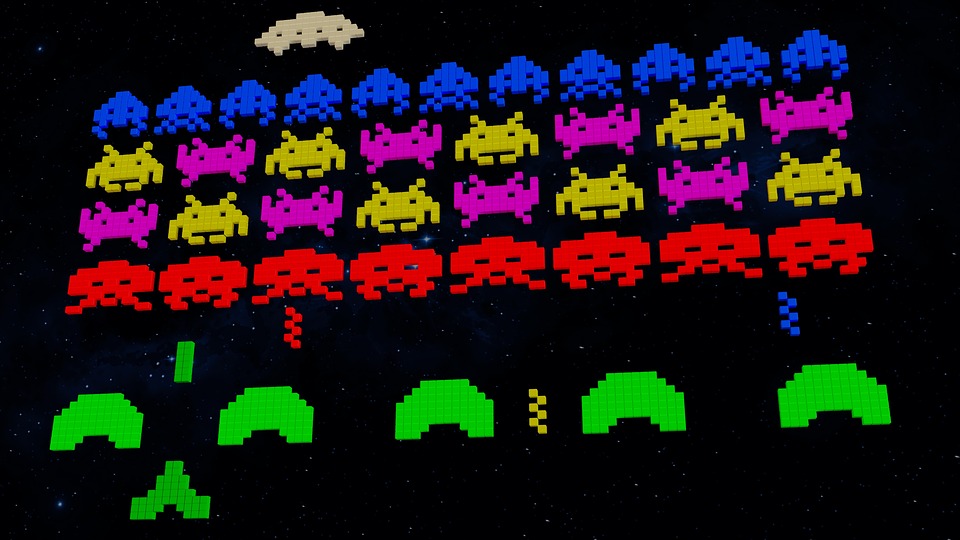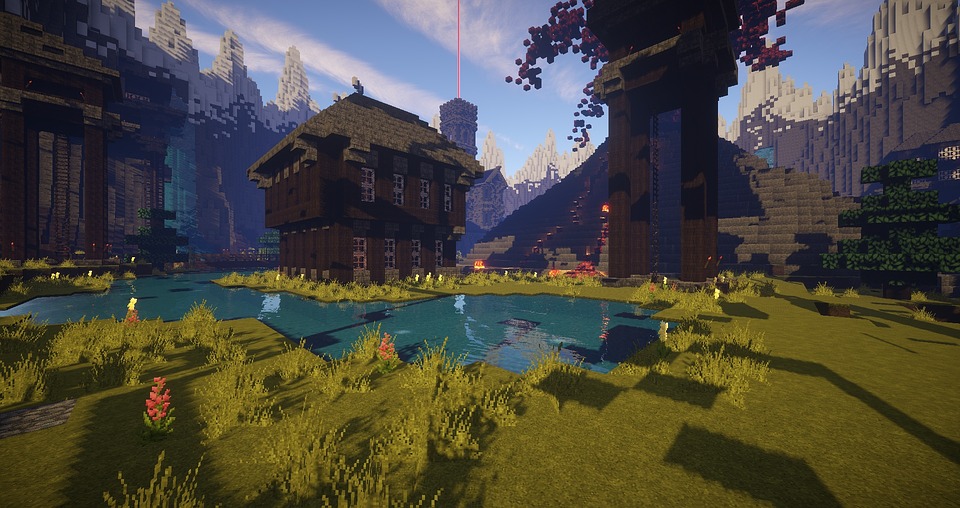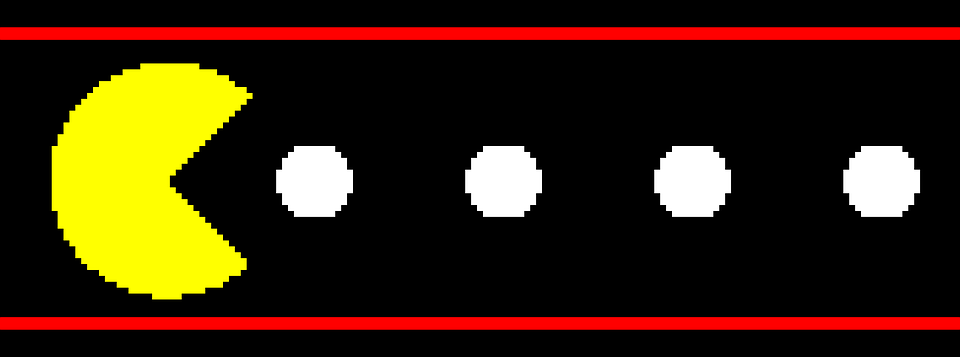Gamification in the Classroom | First Steps to Gamify Your Classroom

Last Updated on Novemeber 10, 2024
Gamify Motivation
When students are in the classroom things can get mundane. Yet when they are out of the classroom (or sometimes while they are in it) the first thing they reach for are their phones. Some students love to text each other, others are watching films or videos and often many are playing some type of game. Watching the students walk down the halls, heads down focused on their phones made me wonder, “How do I Gamify my Classroom?” If I could capture students attention in a game format while slipping in some learning material I could be on to something. But what is considered the gamficiation definition? What does gamification in education look like? What are some sample sites to try before jumping head first in? These are some of the questions I had that I will share my answers with below.
Gamification Definition
First I had to research the gamification definition a little more. I found that it is the application of game-design elements to non-game contexts. Basically the goal is increased engagement from the audience. I pictured the ideal classroom with gamification baked into it, the learning environment is now more focused, as students work on computers to master subjects at their own pace, and I am able to help individual students who need extra support to understand the material. The students are excited as the progress through the subject feels tangible, yet they’re not as excited as the teacher, who is able to be more focused on teaching.
Finding out the best way to gamify the classroom is “the Holy Grail” for education: it is elusive, only recently considered, and if it does exist, will fundamentally change our understanding of the field. Gamification has the promise of student engagement and admin efficiency with the sleekness of the newest technology. The underlying idea is that students will have more motivation to gain and retain knowledge if these subjects are taught with a progressing narrative, and teachers will have less administrative work to do as these platforms track content mastery automatically.
Gamify Classroom – Stage I (Easy)

After researching gamification and its ability to help students learn and process skills I went full steam trying to gamify my classroom. During my days of research I ran into many sites that offered to some extent a way to gamify the classroom. Often I found these sites either were subscription based or ran on a freemium model (start free, pay to get to the good stuff). I knew I wanted to try out gaming in the classroom but I did not want to commit since I was unsure of the results. So I decided to start simple using a free game generator for teachers I found at Review Game Zone. The interesting thing is you get all of the features of the site for free, no need to upgrade or pay anything.
After I signed up, I basically entered text based questions and answers into a form then pressed a button and that data was turned into games. The premise is students try to answer a question and if they get it right, they get to play part of the game. The games are classics (these are not HD playstation or xbox graphics) with an easy play format so students do not need to learn the game and can actually focus on learning the material from the questions. If a student gets the question incorrect, the correct answer is displayed and they move onto the next one. I am even able to track the student results on my dashboard.
So I went ahead and started my gamification transformation. At the end of a unit I loaded several data sets of review questions and provided the students in a single class a tracking code and set them free. The reception was amazing. Students actually completed the review material for class and enjoyed it so much that the next day they wanted another review assignment. Many students were excited to know they could play games in school and NOT get in trouble since they were actually learning while playing.
Stage I Gamify Results
Being a data driven teacher, for my next exam I gave half my classes the gamified unit review while the other class got the traditional format (multiple choice pdf version). My classes traditionally perform within a few percentage (+/- 3%) points on exams as a class average so I felt this was a safe experiment. I analyzed the exams and saw a 11% improvement with the gamified results compared to the traditional results. My dataset of exams was small but the results seemed positive. I also asked the students on the exam if they used the review material (multiple choice bubble 1 for yes 2 for no, no wrong answer) and I saw a 21% increase in students reviewing using the gamified version vs the pdf.
With those results and the general reception being positive I moved forward with gamifying more of my review data and opened it up to all my students. The site I was using, Review Game Zone was great for providing unit review material but I wanted to compliment it further. The above element of gamification would cost a teacher nothing to start, however, for classrooms lucky enough to have larger budgets, there are several programs and websites available to assist in the gamification of learning.
Gamify Classroom – Stage II Quest Based (More Complex)

I continued my search to see if there were other sites worth considering in addition to my new review to help students further master their skills and I ran into mostly paid sites.
Rezzly is a comprehensive program engages students in quest-based learning that incorporates leaderboards, leveling up, and earning badges for a customizable, individualized experience.Moodle allows teachers to create customizable grading scales, which aligns nicely to the adaptable grading systems favored by gamification. Classcraft takes the all of the benefits of game play into account while creating a completely immersive experience for students. Teachers can use their already created lesson plans and incorporate them into Classcraft’s quests and sagas.
Stage II Gamify Results (more like thoughts)
What I found was, these other sites allowed you to make “quests” that were more in-depth then a simple review question. I also found these sites took a lot more time to set up said “quest” and the student reception to them were mixed, but mostly positive. It took a lot of planning and research on my end but ultimately if I had the time I feel it could have been beneficial. Students could earn badges and points so it did set up a competition between students which did become a distraction and kids were fixated on trying to score the highest points no matter what.
The sense of progression and the tracking of “win/lose” states can work very well in some classes. For students, this can make their progress through a subject matter feel more tangible; as their account can keep track of every lesson they’ve completed and even let them know how much more they’ll need to do in order to complete the next lesson. Many lessons involving math equations or discerning true statements from false fit in well with the “win/lose” state setup as well.
Is Digital Gamificiation Worth It?

I found that these design elements do not work with every student or every topic though. If a student does not buy into the progress path that is presented, or they feel like the amount of work that is needed is insurmountable, gamification will not provide that assurance of success. On the other end, if a student buys into the gamified elements, but not the actual lesson, learning may be subverted for the student’s desire for endless playtime. Finding a site that prevents game play until learning is successful really is beneficial.
After all my research I found in the field of education, gamification is pretty new – certainly far newer than most educational practices. By looking at the different dimensions of gamification, their applications in the classroom and some specific shortcomings, you can be more prepared to get your class to that idealized state.
One of the key factors to student success is their engagement with the material. It makes sense that a more fun and relaxed atmosphere that gamification fosters leads to increased attendance, more focused behavior, and ownership of learning. The addition of tangible rewards such as badges or positions atop a leaderboard provide the extrinsic motivation many students need, while others discover an intrinsic love of learning through game-based experiences.
Remember the gamification definition and realize that incentivizing student learning is certainly not a new trend. Teachers have long been searching for the perfect combination of extrinsic and intrinsic motivators, in the hopes that their students take more ownership and pride in their learning. Experts have touted play as the great motivator for our youngest students; however, as children get older and school becomes less play-based, student attention and engagement dwindle. How can we rediscover that spark of motivation for our older students? Many educators believe the answer lies in gamification. Its basic principle is grounded in the idea that the engagement children feel while playing games can and should be translated into the classroom. So feel free to try the different levels of gamificaiton in your classroom today, with or without technology you are able to create incentives to make learning fun your students.
Log In | Sign Up / Register